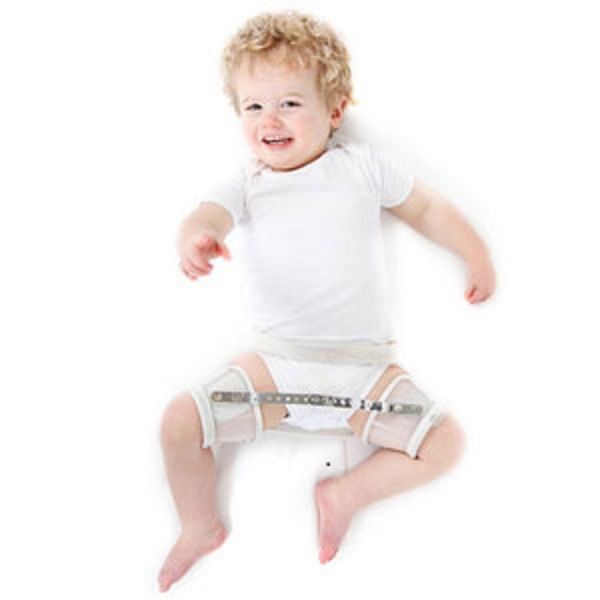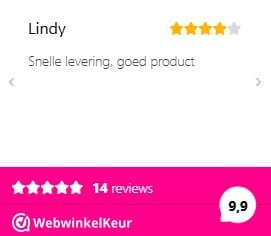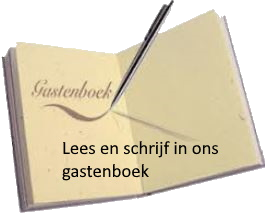What types of spread pants are there?
OverviewSpread pants
Hip dysplasia and hip luxation are treated with spreading pants. The spreading pants ensure that the legs remain in a spread position so that the femoral head is placed in the middle of the hip socket, so that the hip socket can develop properly.
From when should my baby wear spread pants?
Spread pants are usually used from 3 months of age, unless an abnormality has been noticed earlier. If the hip dysplasia is discovered a little later, the spread pants are worn from that moment on. Spread pants are usually worn until the age of 2 years.
Do the spread pants have to be worn constantly?
Spread pants should be worn as much as possible, day and night, but can be taken off when changing or taking a bath. However, it differs per child and the doctor can advise you on this. This is usually phased out in recent months and the spread pants only need to be worn at night.
In the event of a hip dislocation, the spread pants may sometimes not be removed at all, not when washing or when changing your baby, because the hip can then dislocate again. In this case, your child will wear a bead spreader or a pavlik. Always listen carefully to your doctor's advice.
If the spread pants or pavlik are not allowed to be removed, it is best to wash your baby with a washcloth on a changing mat. You can wash your hair by placing a changing mat next to a sink. Prepare everything in advance and it is better to do this in pairs. Inflatable hair wash baths may be available for purchase.
Is wearing spread pants painful for the baby?
Wearing spread pants should not hurt. If you have the feeling that this hurts, contact the treating doctor immediately.
Are all spread pants the same?
No, not all spread pants are the same. Not every hip deviation is the same and that is why there are different spread trousers that can be used. The most commonly used spread pants are:
- pavlik
- campspreader
- fisherman spreader
- hilgenreiner
How do I clean dirty spread pants?
With a camp spreader and fishing spreader, close the Velcro and clean the spread pants with a cloth or old toothbrush with warm water and soapy water. Regularly remove the fabric and threads from the Velcro.
The Hilgenreiner is a handmade spread trousers that often contains leather. The orthopedic instrument maker can give you cleaning instructions.
If you don't want to take the pavlik off, you can't wash it. You can try to clean the dirty spots with lukewarm soapy water with a cloth or an old toothbrush, but don't make it too wet.
Is there a suitable sleeping bag?
A child wearing spread pants does not fit well in a normal sleeping bag. That is why we make extra wide sleeping bags in our own workshop where the legs have room. You can find these with our spread pants clothing
Can my child develop properly by wearing spread pants?
Your child may have a developmental delay due to wearing spread pants. This is not permanent and will be overtaken over time. After the treatment with the spreading pants, we called in a Bobath therapist. This therapy is mainly aimed at children with motor difficulties and everything turned out fine with our daughter.
My child cannot turn over, will he/she have a flattened head (plagiocephaly)?
Children with spread pants or casts often lie on their back, they usually cannot lie on their stomach or side. Because they lie constantly on their back, which also occurs with a preferred position, pressure is created in the same place and a flattened or crooked skull can develop. In extreme cases, correction with a helmet may be necessary. Try to move the baby's head alternately to the left and right as much as possible. You can do this by switching sides of a favorite cuddly toy and regularly dividing attention to the left and right when playing. As mentioned earlier, a bobath therapist can help you with this. You can also always contact your doctor.
Also regularly place the baby on the stomach under supervision, of course, this strengthens the neck muscles, adopt a different position when feeding, draw attention to the non-preferred side so that the baby also looks the other way.





